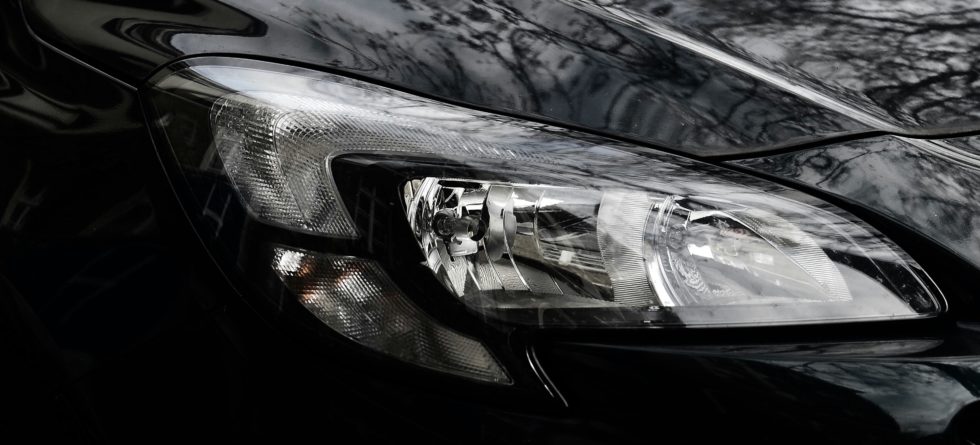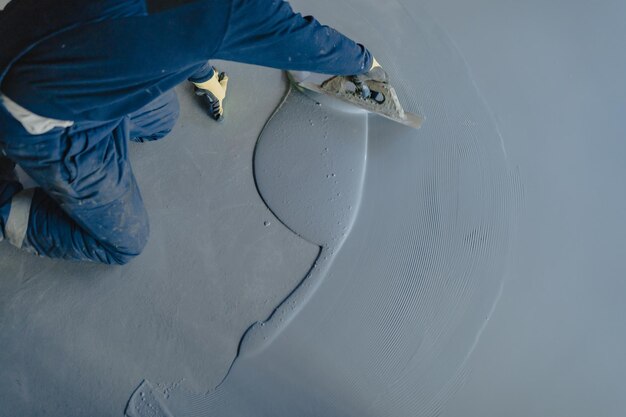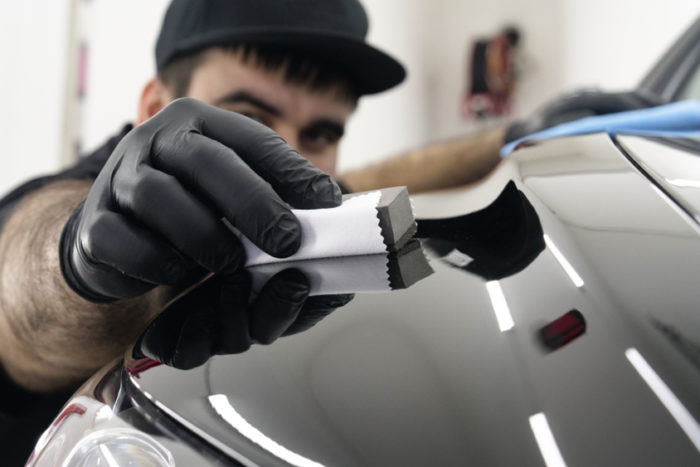What Color Makes A Car Look Expensive?

The perception of a car’s luxury and expense is often influenced by its color, among other factors. Certain colors can make a car look more sophisticated, sleek, and valuable.
While the choice of color can be subjective, some colors have consistently been associated with luxury, elegance, and a higher perceived value…
- Metallic Black – Black, especially when metallic or with a deep gloss finish, exudes sophistication and timeless elegance. It’s often associated with luxury vehicles and can make almost any car model look more expensive and authoritative.
- Pearl White – White cars with a pearl finish offer a sense of purity and high-end appeal. The pearlescent effect adds depth and complexity to the paint, making the vehicle stand out as luxurious and well-crafted.
- Deep Navy Blue – Dark blue, particularly with a metallic finish, conveys a sense of reliability and richness. It’s less common than black or white, giving it an exclusive feel that can make a car appear more luxurious.
- Metallic Silver – Silver cars are associated with modernity, innovation, and sleekness. A metallic silver paint job can make a car look both sophisticated and futuristic, enhancing its perceived value.
- Rich Burgundy – A deep, rich burgundy or maroon can give a car a regal and expensive appearance. This color is often associated with luxury models and limited editions, making it stand out as unique and high-end.
- Champagne – Champagne and similar light, metallic beige colors offer an understated elegance. They can make a car look refined and expensive without being as stark as white or as common as silver.
- British Racing Green – This deep, dark green has a long association with luxury sports cars and racing heritage. It exudes a sense of tradition and exclusivity, making cars look both distinguished and expensive.
While color can enhance a car’s appearance and perceived value, the overall design, brand, and condition of the vehicle also play significant roles. Moreover, color trends can shift over time, influenced by cultural shifts, manufacturing innovations, and consumer preferences. The colors mentioned above have generally maintained their association with luxury and high value across various markets and periods.





